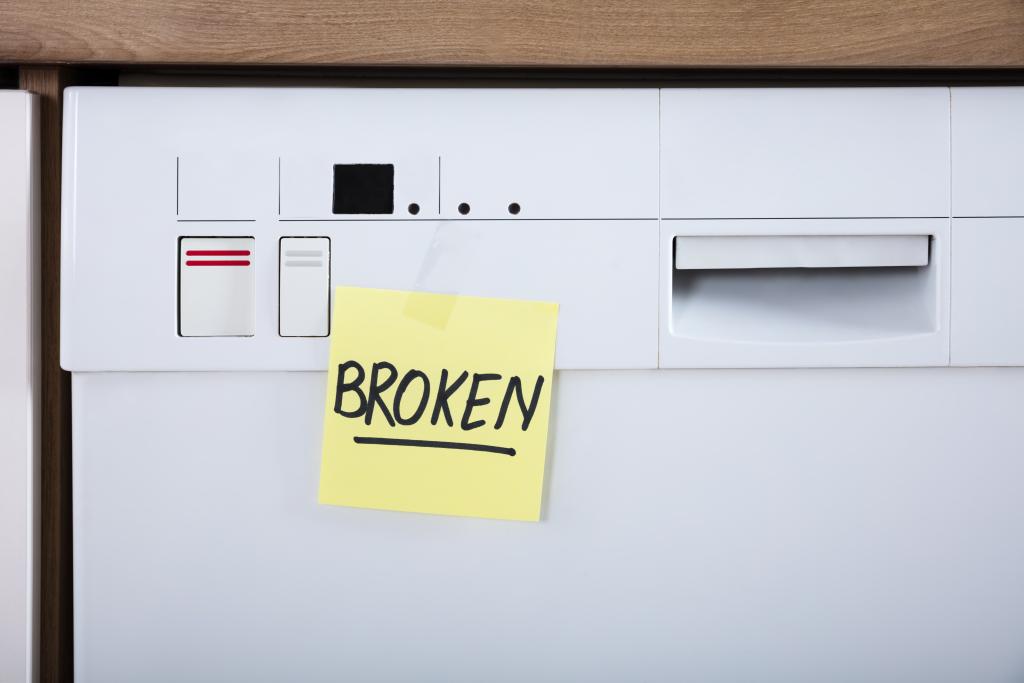Something's broken in the kitchen? You can fix that!

By: Erica Alves
Repair is a fun hobby that can boost your confidence and help the environment all at once. When a kitchen appliance stops working, it’s often a headache to buy a new one or find someone who can fix it. You likely want a fast and cheap fix in order to keep cooking, baking and cleaning as usual. We have easy and quick tips to help keep your kitchen appliances in good shape. Not only will it challenge you to learn new skills; it will also feel good to know that you made something broken new again.
Dishwashers
Simple cleaning can solve many of the most common problems in dishwashers, such as the dishes coming out dirty. If you haven’t cleaned the appliance in some time, try locating the filter and the spray arm to get started.
On standard dishwashers, the filter is usually a removable cylinder located at the bottom of the machine. To avoid clogs and preserve your dishwasher, you should clean it once a month with a sponge, old rag or even an old toothbrush.
The spray arm is also located near the filter at the bottom. Make sure it’s spinning properly and then unscrew it by turning it clockwise. Lift it up and look for any debris. To clean the main part, use an old toothbrush. To clean out small holes, use a wire.
Check your owner’s manual to determine how to properly remove these two pieces, as it may vary. Lost the manual? Try searching for it online.
Toasters
If you have trouble getting your toaster to work, or smell something burning when it’s on, it may need cleaning, as many toasters may stop working because small pieces of food get stuck.
The first step is to unplug your toaster and let it cool. Then, look inside for pieces of food that may have fallen to the bottom and are jamming the carriage lever. Hold your toaster over a compost bin to see if the bread and crumbs will naturally fall out. If they’re stuck, use a thin wooden or rubber utensil such as a spatula to gently poke the pieces of food out. You can also use compressed air to blow out the food. You’ll know it’s clean when the lever moves up and down smoothly. Some toaster models have a large crumb tray at the bottom that may slide out or unlatch. Clean this tray out once a week by removing it and shaking the crumbs into your compost bin.
If these tips don’t work, check on the outlets with a receptacle tester or plug your toaster into a different outlet.
Blenders
Overloading your blender can damage the blade and wear out the motor. Be sure to cut up your food into chunks small enough to fit at the bottom part of your blender. If you have to blend hard foods, try using a food processor instead of a blender. Blenders are generally made for softer foods and liquids, so hard foods, such as potatoes or ginger root, may damage them.
If the blade isn’t turning as well as usual, try tightening the drive stud. First, unplug the appliance. Then, remove the base and put the blender on its side. Locate the driveshaft and grip it with pliers or a wrench. Turn the stud clockwise until it is no longer loose. If you see that the drive stud’s corners are rounded, you may have to replace it. Simply loosen and remove the worn one by reversing the instructions above and then install the new one by tightening it. If your blade won’t spin at all, you can try cleaning it thoroughly. Carefully detach the blade and soak it in soapy warm water. Use an old toothbrush to scrub it and then rinse. Let it dry completely, then test the blender again.
Regular cleaning is the key to keeping your appliances working for as long as possible. Schedule some time for these simple tasks as often as you can, especially if you use the appliance on a daily basis. When you run into issues, try the tips above or search online for more repair tips before giving up and buying something new. If you treat your appliances as an investment and take care of them, they should return the favor.
- Get more information about repair.
- Austin Public Library also has repair resources.
- Watch previous Fix-It at Home! repair education classes and sign up for the Fix-It newsletter to learn about the next workshop.

